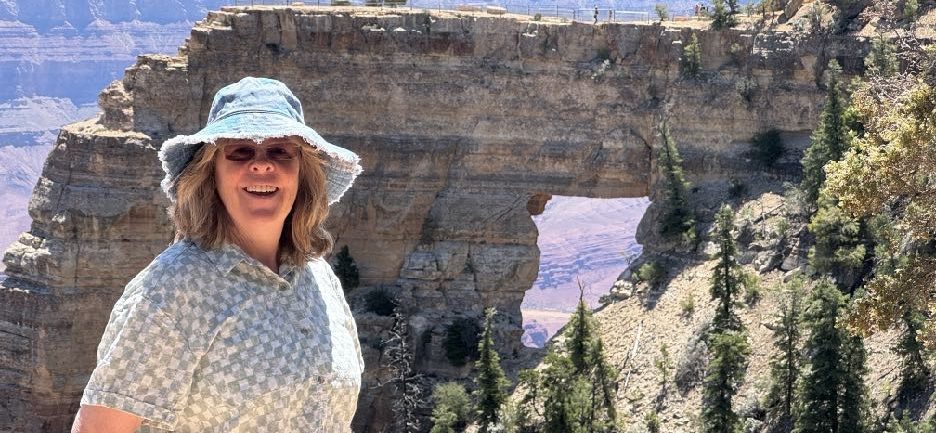The Student Population is 93.4% White.
Dylan and I toured a couple of colleges this weekend.
We went northwest – which means we left our big metropolitan area and went to a smaller metropolitan area.
Dylan looked around the first college we visited and made one astute observation: the students weren’t talking to each other. Most of the students in this city school were walking alone, backpacks secure, heads down.
“They’re not even looking at each other,” Dylan said. It was a tell-tale observation about the university.
I learn a lot from Dylan’s observations.
From there, we went to a rather small town, to see a much smaller college. We went into our first session, and seated ourselves in a large auditorium, and started listening to the panelists talk about their college.
About five minutes into the session Dylan said, “Yep.”
I looked at him, confused. “What?” I whispered.
“Every single person in here is white,” he said.
I scoured the audience, sure that he had to be wrong. So I looked… and looked… and looked. Of the approximately 300 people in the audience (and the five on stage), I found only one person who had dark-ish skin. And even that one prospective student was sitting next to a white, adult female.
At home, Dylan’s fair skin and reddish blond hair stands out in the crowd. He’s in the minority at his school – something I’d never really thought about.
While the rest of the day went fine, and we really enjoyed the college, I couldn’t stop thinking about the lack of non-white prospective students. The college is only five hours away from home; how could the population be so albino?
When I got home, I looked up the population of the college town: slightly more than 8,000 people. Dylan’s hometown has more than 70,000 people. Given the number of people, of course there would be more diversity at home. And it’s a fact that more immigrants settle in large cities.
But with regard to high immigrant populations, our area isn’t even in the top 20 cities.
So I looked up the ethnicity statistics on the college itself. The student population is 93.4% white.
This stuns me. In spite of seeing it with my own eyes, I still can’t believe it. Somehow, I have led a life so sheltered, and have remained so naive, that I didn’t even notice.
Of course, for most of my youth, segregation was still firmly in place. In middle school, two African American twins joined my class. They were the first black children I had ever known.
But the statistics on Dylan’s high school are substantially different: 34% Caucasian, just slightly less than the 37% Hispanic population. The Asian and African American populations are almost equal, with 14% African American and 11% Asian. Most of the other 4% are biracial.
These are things I didn’t even know – and actually, had never even noticed about Dylan’s school. But I also spent my life half-blind, not knowing that all the kids in my school were white.
So sitting in that all-white college auditorium opened my eyes to one thing in particular: that my eyes had never been opened before.
Thanks, Dylan, for having your eyes open the whole time.
